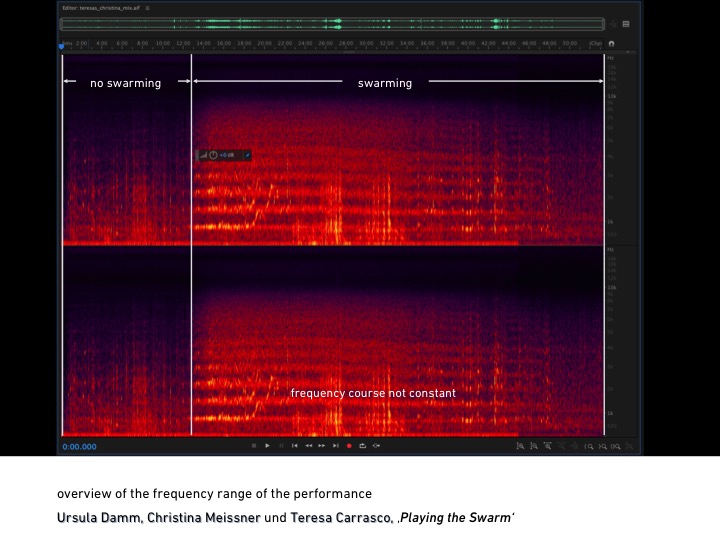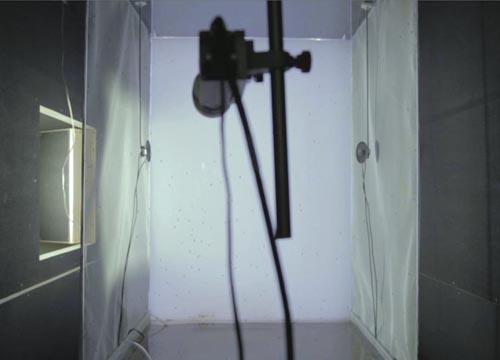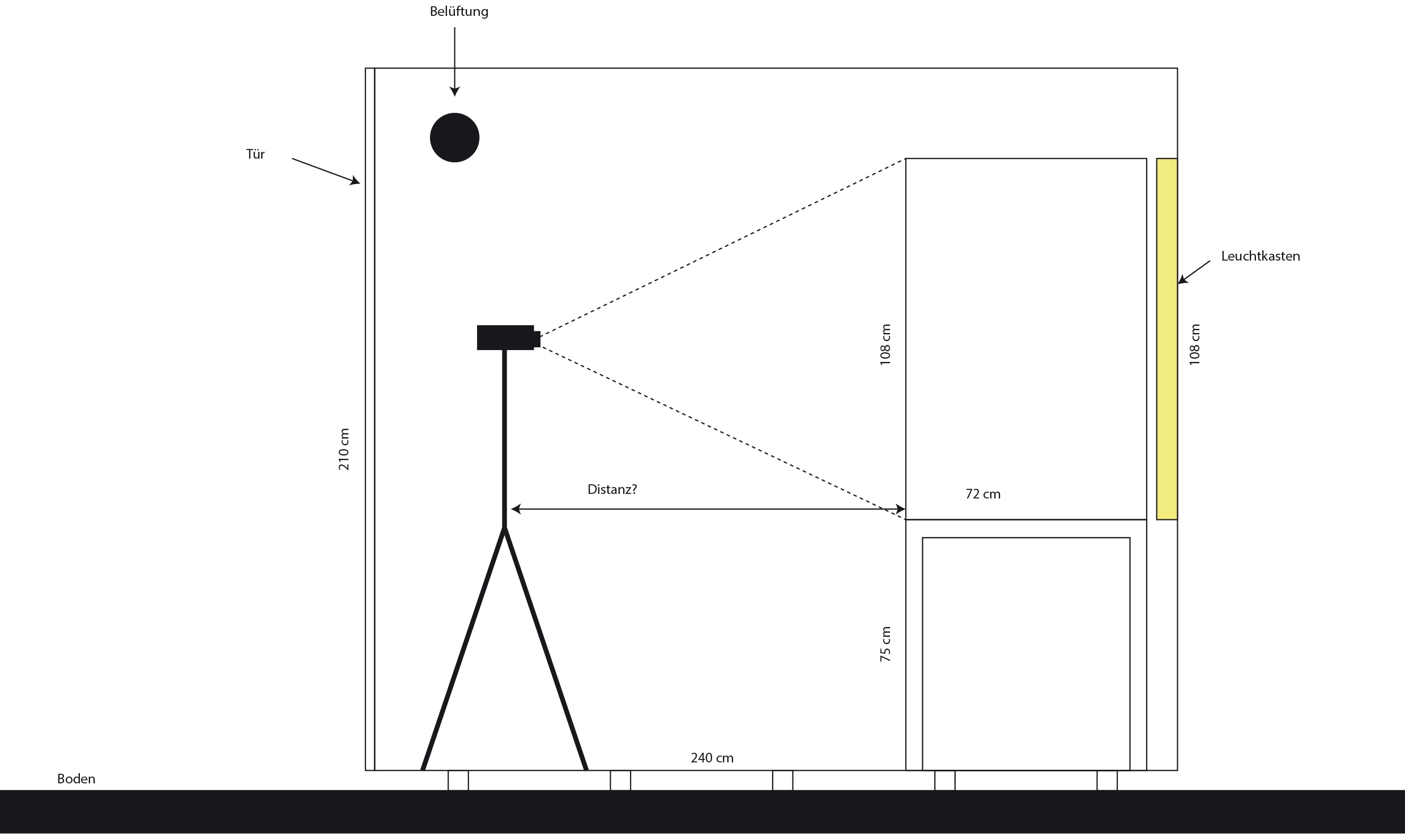Insect Songs on Vimeo.
An excerpt from a performance with Christina Meissner and Teresa Carrasco
When I left the county side and moved to a city I begun to miss the sound of the fields and the forrest. And when I later returned to the small village in the middle of vineyards, called Diedesfeld, something was gone. I took me a while to figure out that I missed the sounds of insects. And that this sound was like a confirmation of a strong, ecological balance. Science proofed only years later that insecticides diminished insects up to 80 % of their former presence.
Christina Meissner, Teresa Carrasco and me gathered in Weimar to experience the singing of Chironomid midges (Chironomus riparius, commonly used in ecotoxicology) and their aibility to react to our music. In a direct feedback situation between humans and animals technology should be used only to adapt our senses and make it easier to understand the message of the other. In a first performace we noticed that Christina Meissner with her Cello was able to stimulate lazy midges (stimulation – Soundexample from our first session ) to start swarming intensively (swarming in dialogue). We were thrilled to notice that it was so easy and obvious that humans and midges interfere. In our second concert, it was no longer necessary / voluntary to force midges into swarming, but instead to develop a kind of q/a, to listen and to respond to the phrases of the mosquitoes. Our first performance ready for publishing (in full length) is here.
Our concerts can be seen as a call for the subtle atmosphere which allows insects to stay in our neighbourhood. And our readiness to listen to them.



If you appreciate midges, you might also look at the following video, showing synchronized swarms at Taubensuhl, Palatinat, Germany. They can be observed only some days per year – I was very happy to record them. When I came back with my sound equipment, they were gone.
chironomidae@taubensuhl from resoutionable on Vimeo.